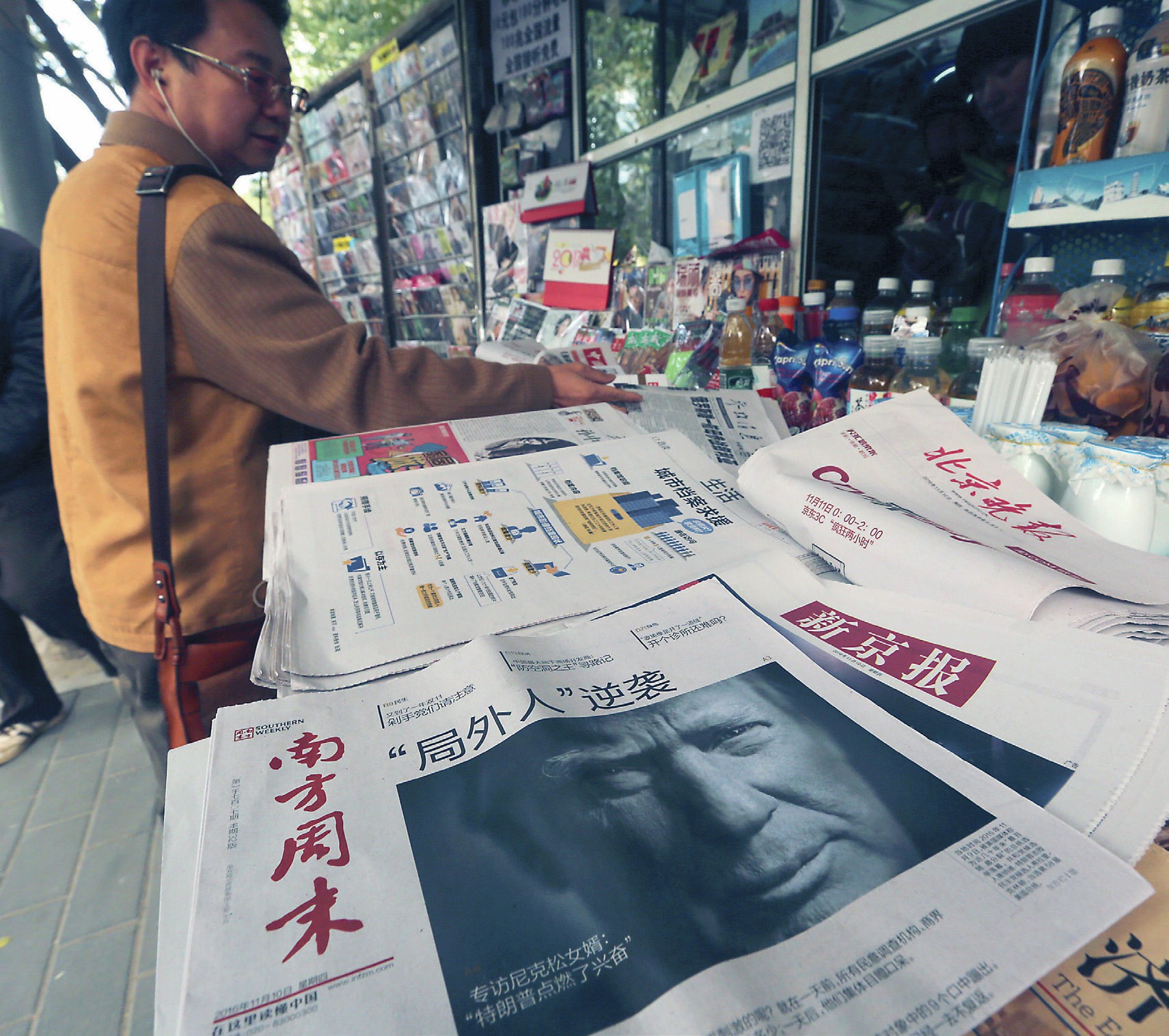
Two major events in 2016 changed the future shape of international trade. First, the UK voted to leave the European Union (EU) in what has come to be called Brexit. Second, the election of President Donald Trump in the USA brought in an era of US-led protectionism, beginning with the country’s withdrawal from the Trans-Pacific Partnership.
Both events appear to reverse what had seemed like a steady march towards global economic integration in the period since the Second World War (and especially since 1980). This article aims to explain what happened, by looking at the major ideas that fuelled globalisation of trade from the 1950s to the 2000s, and the backlash that has followed.
Your organisation does not have access to this article.
Sign up today to give your students the edge they need to achieve their best grades with subject expertise
Subscribe




